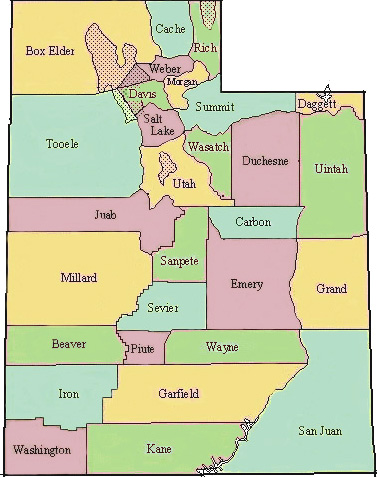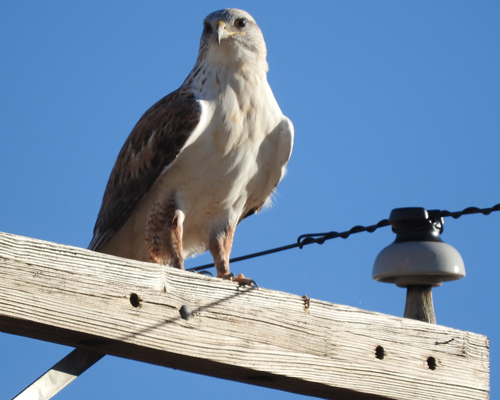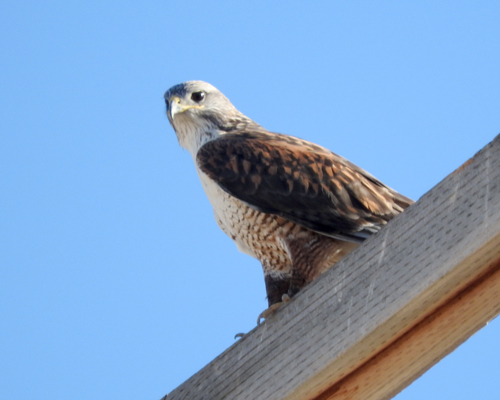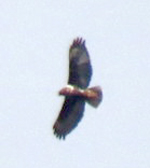|
December
2021
Contents
Monthly Meeting
Upcoming Field Trips
President's Message
Bird of the Month
Special Articles
Field Trip Reports
DECEMBER MEETING:
Date:
Wednesday, Dec 8th 7pm via
Zoom
“Christmas Bird Count Preparation”
Wednesday, December 8th, 2021. Join us virtually via zoom
for a pre-CBC refresher meeting. We will have a bird quiz, go over CBC
assignments, and have a short tutorial on using the Merlin bird ID app,
including the new call identification feature. We'll send out the meeting
link and passcode the week of the meeting. Hope to see you all there!
(Sign up for the
Utah County
Birders email list)
FIELD TRIPS:
|
Provo Christmas Bird
Count
Saturday, December 18th
Provo CBC Saturday Dec 18th. We are holding our potluck and tally this
year at 6pm at the Utah Lake State Park conference room, so bring a prepared
food item to share and come join us at the end of the count day. Contact
Keeli Marvel at
keeli.marvel@gmail.com or 801-602-9566 for count area assignments.
Payson Christmas Bird
Count
Saturday, January 1 st
Payson CBC Saturday Jan 1st. Contact Bryan Shirley at 801-722-9346 or
bt_shirley@hotmail.com for
assignments.
(Christmas
Bird Count Schedule for Utah)
Field Trips for 2022
(Suzi Holt)
Here a list of proposed
field trips for 2022
|
President's Message -
December 2021
by Machelle Johnson
End of the year -- 2022 Birding Challenge
Well, here we are at
the end of 2021. We had some good group field trips and some good zoom
meetings, thanks Suzi and Keeli for organizing those! Our Newsletter and
Facebook page are top notch, thanks to Milt and Tammy for your work there! We
have great Officers on our board!
We are looking for help with the utahbirds.org website and the monthly
newsletter publication. If you have webmaster experience, or are willing to
learn we would love to hear from you. We are also seeking a volunteer to be the
group President. I have been President for 2 years, which is what a typical
term should be. Our past President, Keeli Marvel was in for 7 years...she was
fabulous and went above and beyond to lead our group. I'm willing to stay in as
President for 2022, but really, we should limit the term to 2 years. If you
would like to be more involved and work on the board we would love to hear from
you. Please reach out to me at machelle13johnson@yahoo.com or Keeli at
keeli.marvel@gmail.com.
2022 brings another Challenge Year! What is a Challenge Year you might ask?
Every other year we create a challenge for the group to participate in. There
are goals throughout the year to meet, and we have an awards ceremony at the
end. Our Challenge this year is going to take us all over the great state of
Utah. We want you to go to all the corners of the state, visiting all or most
of the 29 counties.
There are three separate levels of achievement:
Gold:
Silver:
Bronze: |
22 species in 22 counties and attend 9 meetings or field
trips
22 species in 14 counties and attend
6 meetings or field trips
22 species in 7 counties and attend 3 meetings or field trips
|
The 22 species seen in each county can be repeats of
those seen in other counties. Suzi is planning some great field trips
throughout the year to help birders get out to various counties and see some
birds! You can track your numbers in whatever way works best for you, there
is not an official form to use. At the end of 2022, everyone will report
their challenge achievements and awards will be given at our annual dinner
in January 2023.
Our January 2022 meeting will be held at Golden Corral at 171 W
University Pkwy in Orem. We have reserved a back room and will be
presenting the Challenge at that time. Pay at the door when you arrive.
You are welcome to bring your family, and encouraged to bring anyone else
who is interested in joining our group.
Good luck and happy birding!!
Thanks,
Machelle
,__,
(0,0)
/)_)
""
|
BIRD OF THE MONTH:
|
|
|
|
Ferruginous Hawk (Buteo
regalis)
by Jeremy Telford
As
winter approaches there are two groups of birds I look forward to seeing. I
enjoy seeing the ducks that find whatever water hasn’t frozen over and the hawks
as they gather to the power poles. One hawk in particular I try to keep a sharp
eye out for. It is the largest of the Buteo hawks and its scientific name Buteo
regalis means ‘regal hawk.’ With its stately gray head, rust colored back, and
often a pure white belly the Ferruginous Hawk looks regal indeed.
This fairly large bueto flies with
wings upturned but tips level. Easiest way to identify the light morph is that
the legs create a rust colored ‘V’ while it is flying and the belly is white and
free of streaks or belly bands, though juveniles may have some rusty barring.
Sitting you can see the rust colored back, white chest and grey head. The gape
of the bill is also large extending under the center of the eye. Ferruginous
Hawks and Rough Legged Hawks are the only two species of hawk in North America
to have feathered legs extending all the way down to their feet.
In the spring courting includes the male flying and
dipping in a behavior called ‘sky dancing.’ Male and female may also entwine
beaks or talons and freefall spiraling from the sky. For those that have seen
the movie ‘The Big Year’ they show a pair of Bald Eagles displaying this
behavior while the birders are on Attu Island.
Mating pairs are thought to be monogamous. The male
gathers most of the building materials for the nest while the female does most
of the construction. They typically use larger branches that are hard to weave
together so many times they will build on top of raven or other hawk nests which
are more stable than their own constructions. Besides branches they may use some
man made materials and even bone to create it. The female then lines the nearly
finished nest with bark, hair, or other soft material such as cow dung. A
Ferruginous Hawk clutch can be anywhere from 1-8 eggs but is typically 3-5. They
can nest on cliffs, trees, or even on the ground. Though ground nestings are
significantly less successful than those higher up.
The Ferruginous Hawk is a western
bird preferring the sagebrush plains and juniper forests on either side of the
rocky mountains. West of the mountains they mainly hunt rabbits and hares on the
eastern side they tend to hunt prairie dogs and ground squirrels. They employ a
number of hunting techniques from diving from low perches, to hunting on the
wing, kiting in place as they search, they can even hunting by running and
hopping along the ground. Other times they may wait outside prairie dog holes
waiting for them to emerge. They have also been known to close their talons into
‘fists’ to stick in the burrows and grab the rodents that way.
Utah is prime breeding grounds for this hawk. Many
migrate south for the winter but enough stay year round to make winter, in my
opinion, the easiest time to see them. This is because during the warmer months
they tend to stay out away from the roads along cliffs of larger junipers.
During the winter it is fairly common to see them just off the road in
agricultural areas sitting on power poles and hunting the fields.
The Cornell site and Audubon site are at odds as to the
conservation status of this bird. Cornell states populations are stable or may
be increasing with as many as 80,000 birds in the population. The American Bird
Conservancy stated a population as high as 110,000 as of March 2020 and that it
is on the increase. The Audubon site, on the other hand, claims their status as
threatened with current population possibly being less than 4,000 pairs. The
peregrine fund may state the reason for the discrepancy between sites. According
to them Birdlife International categorizes the species as ‘Least Concern’
because of the overall status of the bird. However in Alberta, Canada the
population has sharply decreased 64% in the space of just 15 years leading the
Committee on the Status of Endangered Wildlife in Canada (COSEWIC) to list the
species as threatened.
Either way this large hawk seems to be less commonly
seen than either the Red Tailed or Rough-legged Hawk and is a treat to see every
time I happen to come across one.
Photos by Jeremy and Kristin Telford (2016)
https://www.allaboutbirds.org/guide/Ferruginous_Hawk/overview
https://www.audubon.org/field-guide/bird/ferruginous-hawk
https://www.peregrinefund.org/explore-raptors-species/hawks/ferruginous-hawk
https://www.desertmuseum.org/visit/rff_ferruginous.php
https://abcbirds.org/bird/ferruginous-hawk/
https://hawkwatch.org/learn/factsheets/item/638-ferruginous-hawk
|
|
|
|
|
Field Trip Reports
|
|
|
|
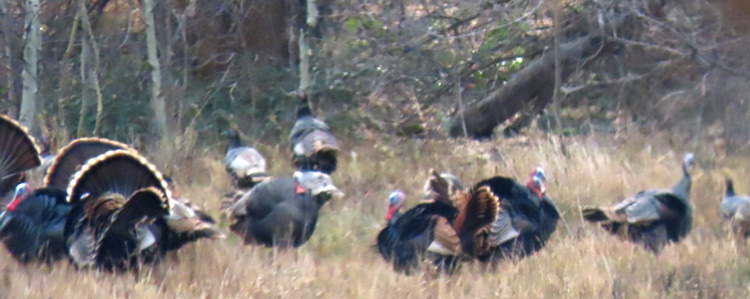
Turkey Trot Party in South Fork
|
|
20 November 2021
2021 Turkey Trot
by Suzi Holt
We had a
great group of 15 birders.
Our total for Turkey Trot 2021- 260!!
East Lawn 0!!
South Fork 126!!!
We then headed to Diamond Fork and finished it with 0 turkeys darn it!!
Elk Ridge another big 0!!!...
|
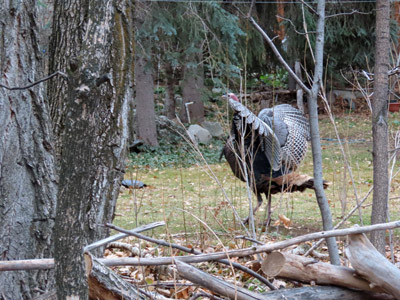 |
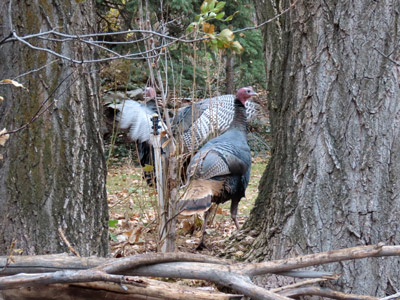 |
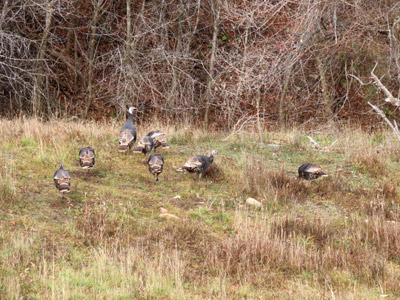 |
 |
I was starting to think we were on a Wild Goose
chase not a Wild Turkey chase!
Hallelujah for Payson Canyon all 135 turkeys were lined up in the field
waiting to be counted!!
|
|
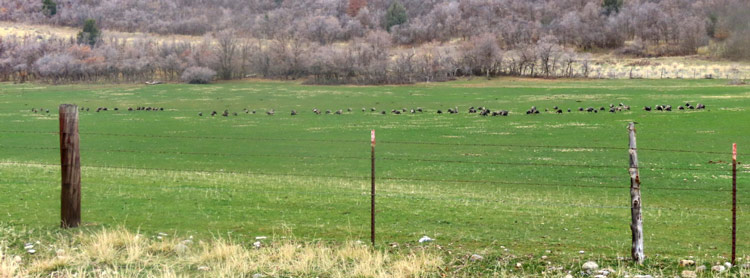 |
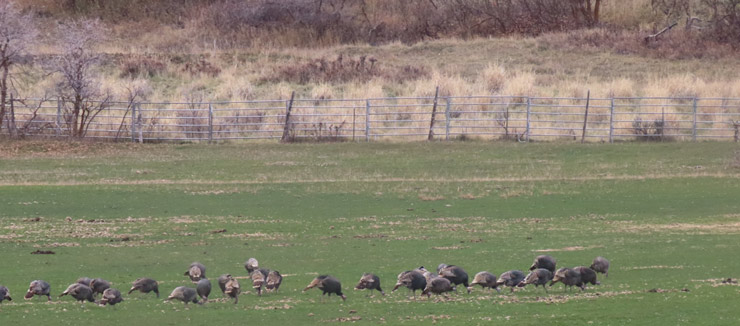 |
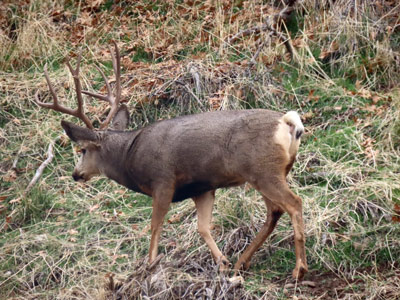
Trotting by in the spirit of the occasion. |
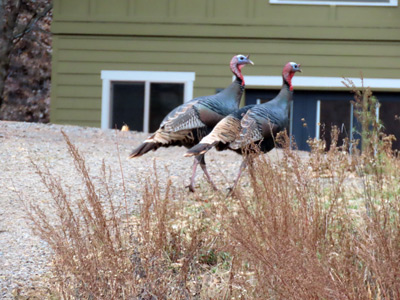
A couple may have been invited to Thanksgiving Dinner?
|
|

We wore this little turkey
completely out! |
Thanks to all who came!
Our consolation prize was
10
Lewis's Woodpeckers
on Powerhouse Road!
HaPpy Thanksgiving!
|
Consolation Prize
|
|
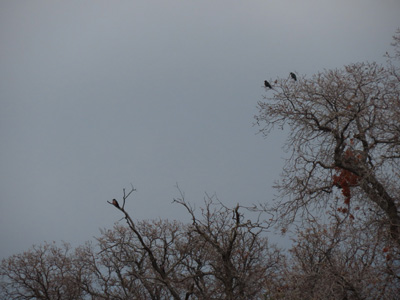 |
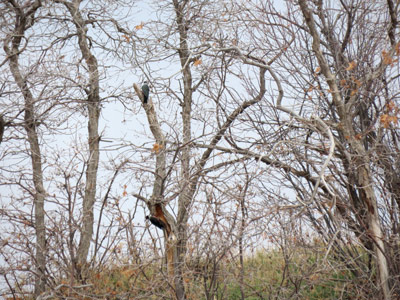
|
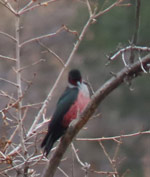 |
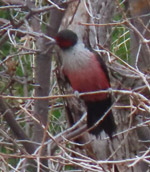 |
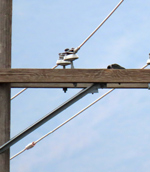 |
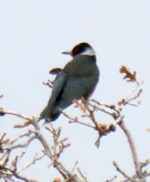 |
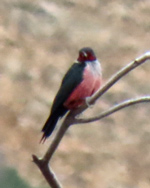 |
|
|
|
|
|
|
If you have had any interesting
field trips on your own this month,
feel free to write a report for the newsletter!
(Send it to:
ucbirders@utahbirds.org)
|
|
|














